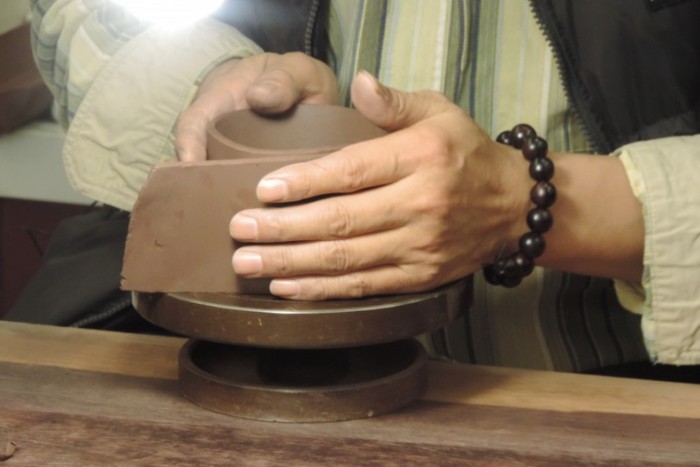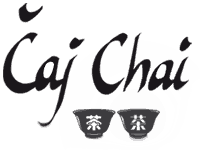
On my last trip to China I had the great fortune of visiting highly skilled Master Zhou Qi Kun in Yixing, China. He showed us how he traditionally ages his Yixing ore outdoors for 40 years and took us to see the famous Yellow Mountain (Huang Shan), which is where the ore for the best Yixing pots was mined, and where the area got its name for having the best clay for preparing tea. This famous mine is now closed, as are many others.
The next day he took us to his pottery studio, Wuxing Shan Fang, showing us his workplace and ovens. Finally we went to his home, where his wonderful wife, the highly skilled potter Chen Ju Fang, prepared us a most incredibly delicious lunch full of the regions most emblematic dishes. It’s easy to summarize the events that took place but impossible to express how fortunate I felt for having them open their home to me and teach me so much… Such incredible hospitality from such tremendous artists and such truly wonderful people!
Master Zhou only makes a few teapots a month. He is a perfectionist who deeply respects his craft and truly loves tea. He spends countless hours working, reworking and perfecting each piece but explained that in fact his pieces are never really finished. At some point along the line of perfecting he finally decides to stop. Needless to say each and every one of his pots is truly amazing! Of course, they will also set you back a few thousand euros. Master Zhou has won many awards and his work can be seen at the Yixing Ceramics Museum and the Beijing Palace Museum among other places. But if you’re prepared to order one, you’ll surely have to wait because his waiting list is a couple of years long!
Although Master Zhou is famous for his fully handmade Yixing teapots, he took the time to show us how to make a “semi-handmade pot”. A semi-handmade teapot is nothing to sneeze at, in reality it is semi-handmade because certain tools are used to save time measuring and making the shape of the pot, but ultimately the master’s hands, eyes and sensitivity are fully engaged every step of the way.
In this case these tools were absolutely necessary for they helped make it possible that in a mere couple of hours he had detailed us all the steps and made a fine little Zisha teapot. What is most remarkable is that he was actually able to do so considering Yixing clay is extremely soft and leaving adequate time for drying is of fundamental importance at various stages in the process. Master Zhou was on a time constraint and managed to control the wet clay perfectly so we could witness the whole teapot formation process! What tremendous talent, heart and concentration!
Obviously I couldn´t bring back any of his work but I did have the luxury of purchasing a pair of his incredible Zisha (purple-sand) pots made by his wife, a master in her own right, and we have some of his student’s Yixing Zisha teapots available at Caj Chai. Each and every one of his student’s pots are supervised and “approved” by the couple. If you’re interested, come by and ask me to show them to you.
The photos for this Blog entry were done by my great friend and wonderful ceramist in his own right, Petr Novák. Click on the Spanish Blog entry to see some of the photos I took.




